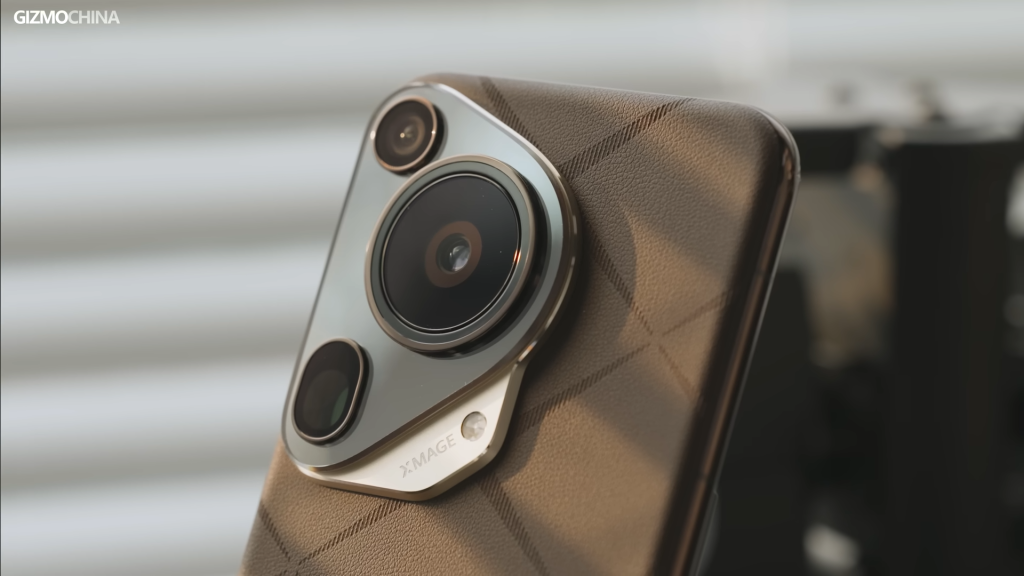Huawei has launched the Pura 70 series as a successor to the Kirin 9000s. The new chip has been tested with both benchmarks and real-life workloads and has performed better than expected with no overheating. The new chip is recognized as the Kirin 9010, which according to TechInsights, is fabricated on SMIC’s second-generation 7nm-class process node, which is also referred to as N+2. Notably, this is the same process technology that the predecessor Kirin 9000s is built on.

Huawei improving its chip supply chain with in-house manufacturers
For those unfamiliar, SMIC is China’s largest contract chipmaker like TSMC for the global market. Based on the limited supply of the Pura 70 series devices, it is expected that the production capacity of the new Kirin chip is likely still limited. However, a new flagship model with a successor chip is a sign that Huawei is slowly solving bottlenecks in its chip supply chain amidst all the US sanctions with in-house alternatives to overseas components. But how SMIC manages to fabricate the chips without access to overseas tools and technologies is still shrouded in mystery.
According to reports, the new Kirin 9010 chip boasts a similar core cluster to its predecessor – an “ultra-high performance” TaiShan Prime Core, three TaiShan mid cores, and four efficiency-focused Arm Cortex-A510 cores.
The successor actually runs the ultra-high performance core at a lower 2.3GHz clock speed as compared to the 2.62GHz of the Kirin 9000s. It equips the Maleoon 910 GPU. The Kirin 9010 can also be considered a variant of the Kirin 9000s that has a higher yield rate as compared to the predecessor.
Nonetheless, the Kirin 9010 appears to have better computing power despite a lower clock speed of the performance core. The new chip scored 1440 and 4436 in single and multi-core GeekBench tests respectively. For reference, the Kirin 9000s scored 1350 and 4200 in the respective tests.
Related:
- Xiaomi 13 Ultra Premium Camera Phone is now only $799
- Get $100 OFF on Xiaomi 14 Pro at Giztop (1TB Variant)
- Lenovo Legion Y700 2024: Latest Gaming Tablet with Enhanced Display now available at Giztop
- HyperOS Update Is Available for These Xiaomi, Redmi, and Poco Devices in India







